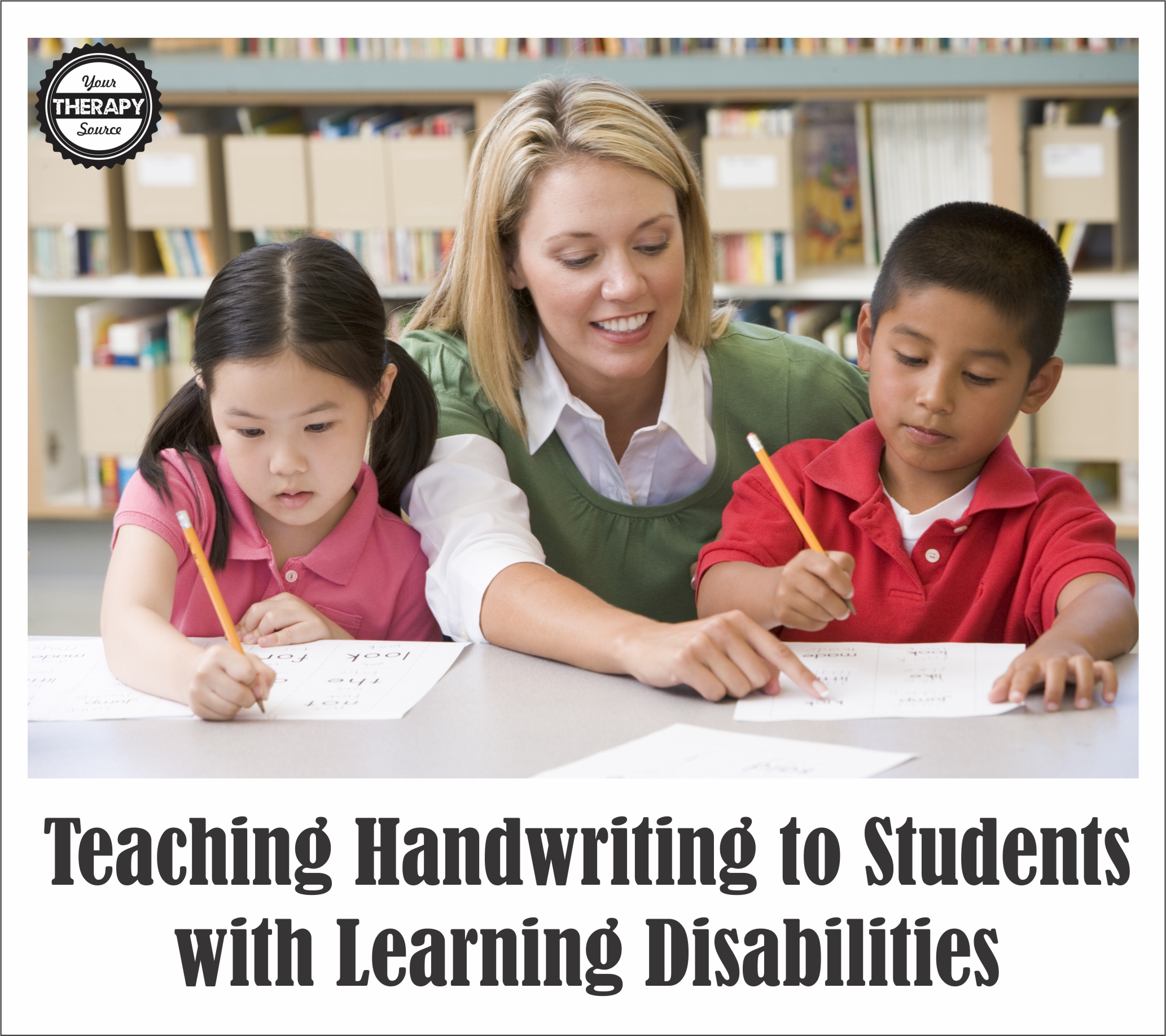Stability Balls in the Classroom – Do They Really Help Students?

Flexible seating in classrooms is becoming more and more popular to encourage improve posture, attention and behavior. It also allows for increased movement through the school day and student choice. Stability balls in the classroom are one of the most common choices. Recent research was conducted to help determine using stability balls in the classroom actually help the students.

Wiggle Worms: A Guide to Alternative Seating for the Classroom
Research on Ball Chair Seating
The research on using stability balls in the classroom was conducted in first grade to determine the effects of ball chair seating on legibility, student behavior, and classroom productivity. Over the course of two consecutive years, the students alternated between one week of regular seating and one week of using ball chairs during math class.
Results of the Study on Stability Balls in the Classroom
At the end of the study the researchers determined the following:
- significant decrease in legibility when using the ball chair seating.
- increased time in seat using the ball chair compared to standard seating.
- there was no different in the number of instructions followed when comparing seating.
- when students switched to ball chairs there was not a significant decrease in undesired behaviors.
- when students switched back to standard chairs there was a significant increase in undesired behaviors.
- there was no difference in productivity.
The researchers concluded using stability balls in the classroom may have a moderate positive effect on behavior but may not be an effective intervention to improve legibility.
Reference: Metz, A. E., DeMarco, M., Khalsa, A., Kreuz, N., Stock, R., & Westfall, A. (2020). The Effects of Ball Chair Seating during an Instructional Period in First Grade Classrooms. Journal of Occupational Therapy, Schools, & Early Intervention, 1-15.
Do You Need Alternative Seating Resources?
Wiggle Worms: A Guide to Alternative Seating for the Classroom digital download includes all of the resources you need to begin implementing alternative seating strategies in a classroom. Written by Lauren Drobnjak, PT and Claire Heffron, OT, this 20 page PDF document can help you get started right away.
Wiggle Worms: A Guide to Alternative Seating for the Classroom offers:
- The Benefits of Alternative Seating – Learn about why kids fidget and about the many benefits of using alternative seating in the classroom. From sensory implications to motor benefits and more, inside the guide you’ll find lots of information to support alternative seating options.
- Seating Options and Descriptions – Familiarize yourself with some of the seating options that are available for use in the classroom and read about the specific benefits of each so you can find the best fit for each child.
- Tips for Introducing Alternative Seating – Implementing an alternative seating strategy requires thinking and planning ahead. This guide walks you through: the steps of introducing new seating options so they can be used effectively and responsibly by students, ensuring appropriate sizing of alternative seating options, encouraging functional posture at school and securing funding for new seating options.
- Printable Materials – Inside the guide you’ll also find several printable resources including: an alternative seating contract, a letter to parents about alternative seating, rules regarding alternative seating options, page for students to use to identify which type of seating is a fit for how they’re feeling and movement break cards for the classroom.
- Download a sample page on Choosing the Right Alternative Seating Option
Alternative Seating Picture Cards – FREE Printables including Stability Balls in the Classroom
If you need picture cards for visual schedules and alternative seating, you can download 20 free visuals here.



